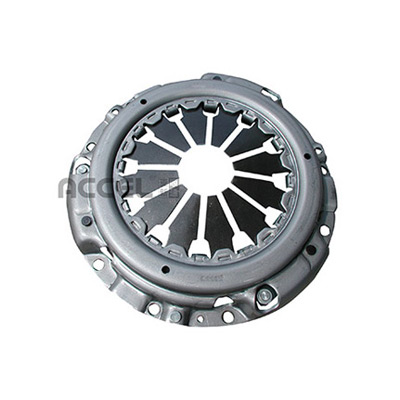
- Mobile Phone
- +8613931874955
- sales@cntcmetal.com
Guidelines for Spacing Brick Veneer Ties in Construction Projects
Understanding Brick Veneer Tie Spacing A Key Aspect of Construction
Brick veneer construction is a popular method in the building industry, combining aesthetic appeal with structural integrity. While it provides numerous advantages, one often overlooked aspect is the importance of tie spacing in brick veneer systems. Proper tie spacing is crucial for ensuring stability, structural support, and durability of the veneer facade. This article explores the significance of brick veneer tie spacing, factors influencing it, and best practices for implementation.
What is Brick Veneer?
Brick veneer refers to a construction technique where a layer of brick is used as an exterior facing, supported by a structural frame, typically made of wood or steel. This type of construction provides the appearance of a solid brick structure while allowing for lighter weight and easier installation. Additionally, brick veneer can enhance insulation and moisture control, making it a popular choice for both residential and commercial buildings.
The Role of Ties in Brick Veneer Construction
Ties are essential components in brick veneer systems that connect the brick to the underlying structure. They help support the weight of the brick and distribute loads evenly, ensuring stability and preventing the veneer from cracking or dislodging over time. Proper spacing of these ties is vital for maintaining the integrity and longevity of the brick facade.
Factors Influencing Tie Spacing
1. Building Codes and Standards Local building codes often dictate tie spacing based on the height and type of building. Codes typically recommend specific intervals for tie placement to ensure sufficient support and safety. Understanding these regulations is crucial for compliance and to avoid future structural issues.
2. Height of the Veneer Taller brick veneer walls require closer tie spacing to withstand wind loads and other environmental factors. For example, a single-story building may allow for larger spacings, while a multi-story structure necessitates tighter intervals to ensure stability.
3. Type of Wall and Environmental Conditions The design of the wall and the environmental conditions it faces can also influence tie spacing. Areas prone to high winds, seismic activity, or extreme weather conditions may require more frequent ties. Additionally, the presence of insulation or other materials behind the veneer can impact spacing decisions.
brick veneer tie spacing

4. Material and Size of Brick The size and weight of the brick used can affect tie spacing. Heavier bricks may require closer ties, while lighter options could allow for wider intervals. It’s essential for builders to consider the specific materials in use and their inherent properties.
Best Practices for Tie Spacing
1. Follow Manufacturer Guidelines Manufacturers of veneer ties usually provide recommendations on spacing based on tested results. Following these guidelines is essential for ensuring optimal performance and safety.
2. Perform Structural Calculations Calculating the potential loads and stresses on the veneer can help determine the appropriate tie spacing. Engaging structural engineers may be necessary for complex designs or unusual conditions.
3. Regular Inspections After installation, regular inspections of the veneer and the ties can identify any potential issues before they escalate. Monitoring for signs of wear, loosening, or damage is essential for long-term performance.
4. Adhere to Local Codes Always stay updated on local building codes and regulations. Changes in legislation can influence tie spacing requirements, making it necessary to adapt to new standards to ensure compliance and safety.
5. Material Selection Choosing the right type of ties—such as galvanized or stainless steel—can impact the durability of the connections and the overall performance of the brick veneer system.
Conclusion
Proper brick veneer tie spacing is a critical element in the overall success of brick veneer construction. It ensures structural integrity, supports load distribution, and prolongs the life of the veneer facade. By understanding the various factors influencing tie spacing, adhering to best practices, and complying with building codes, builders can create robust and enduring brick veneer structures that not only meet aesthetic desires but also stand the test of time. In an environment where safety and performance are paramount, paying meticulous attention to details like tie spacing can make all the difference in the world of construction.
share:
-
Yard Sign Stakes: Reliable Guardians of Outdoor SignsNewsAug.04,2025
-
Wall Ties: Invisible Guardians of Building StabilityNewsAug.04,2025
-
Resilient Web: The Super Guardian Power of Concrete MeshNewsAug.04,2025
-
Masonry Accessories: A versatile assistant on building foundationsNewsAug.04,2025
-
Iron Binding Wire: the 'invisible reinforcement specialist' in the fields of architecture and industryNewsAug.04,2025
-
Dynamic Spring: The diverse functions and excellent performance of Wire Tension SpringNewsAug.04,2025
-
Your Source for Concrete Wall Ties and Masonry AccessoriesNewsJul.10,2025



















